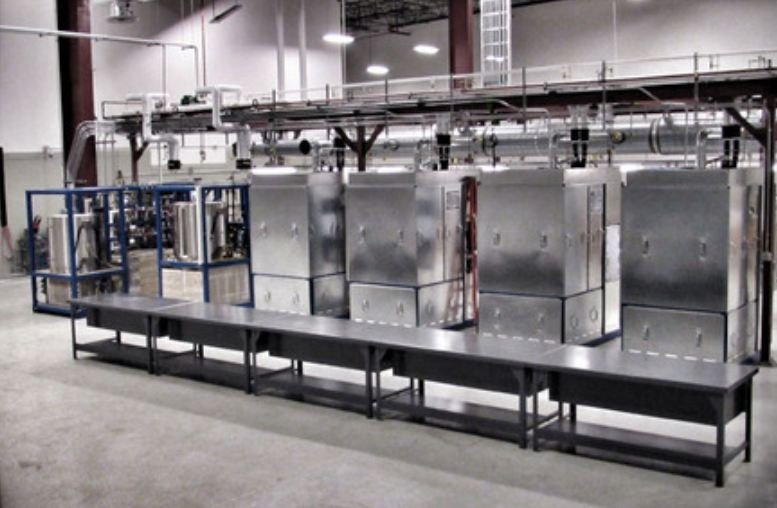General Electric plans to increase the life and power density of fuel cells, while making them cheaper to produce, and it is building a new manufacturing plant in upstate New York that will be used for commercializing the technology.
A small number of data centers have already adopted fuel cell technology following the release of Bloom Energy’s BloomBox fuel cells in February 2010.
NTT America has an array of the natural gas and biogas-powered cells at its San Jose data center. The five Energy Servers together provide about 4.2m kWh or electricity a year.
The economic benefit for using fuel cells for NTT in America is not only down to energy savings. NTT receives rebates for using energy that is not on the grid from the State of California.
Without rebates, NTT America Nael Younes said ROI for the boxes, which save NTT about US$445,000 a year in energy costs, could take up to ten years.
General Electric said it plans to work with research partner Fraunhofer IKFTS to find ways to make fuel cells a more economical buy. It claims it has already cracked the technology.
Back in March, a Blomberg report said GE believed the cost of fuel cells could also come down by removing their reliance on the use of platinum - a catalyst for the proton-exchange technology.
Platinum is one of the earth’s rarest elements and is used for the chemical reaction between hydrogen in natural gas and oxygen form air that creates the clean form of energy.
GE has instead used stainless steel which it said reduces the costs for manufacturing.
“The fuel cell has no moving parts. The guts of the cell look like a stack of cookies. Each cookie is a metallic plate with a maze of flow channels cut into the bottom and a square of black ‘icing’ on top That icing is the core of the breakthrough that makes the solid oxide fuel cell work. It contains three layers made from special ceramic materials: the cathode on top, the anode on the bottom, and a dense layer of solid oxide electrolyte in the middle,” GE said in a report.
GE has also drawn on research teams have undertaken in the aerospace sector, and is using additive thermal spray developed to protect working parts in jet engines to deposit the cell’s anode and electrolyte.
GE materials scientist Kristen Brosnan said this is all part of a move to use materials that are easy to apply and that can handle large temperature swings.
To gain additional efficiency, the team added a Jenbacher Engine designed for the production of biogas to make use of syngas, a by-product from the fuel cell process. This can increase efficiency by 65%.
The data center industry has generated much debate around the suitability of fuel cells for mission-critical environments in recent years.
Cost and space have been top of mind in most discussions.
But now it seems GE is focussing heavily on one element of concern - the cost side of the equation, with greater payback over a longer period, lower cost products and reduced energy costs once the technology is up and running. But we are yet to see how these cells work in the data center environment.

